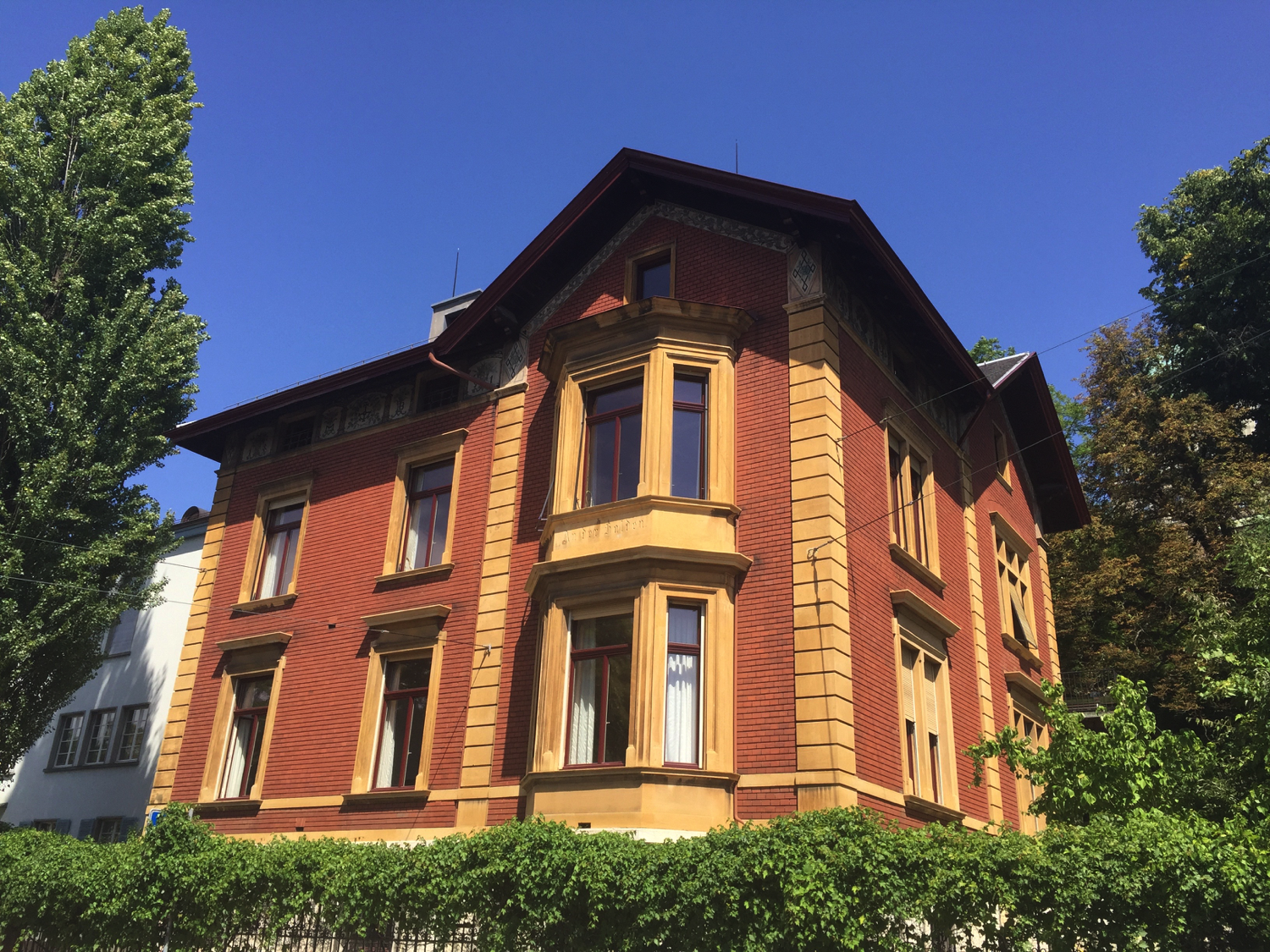Access to genetic ressources (Nagoya protocol)
Research at UZH is subject to regulated access to genetic resources and the balanced sharing of benefits arising from their use. These conditions are defined in the Nagoya Protocol of the Federal Office for the Environment.
Nagoya Protocol
The Nagoya Protocol defines the international legal framework for access to and use of genetic resources and associated traditional knowledge. The Protocol also requires that the benefits arising from the use of genetic resources be shared equally and equitably with the countries providing them.
Genetic resources include not only DNA or RNA, but also animals, plants and micro-organisms, or parts thereof, which carry hereditary units. The use of these genetic resources is defined as research and development on their genetic or biochemical composition.
The Nagoya Protocol provides for a number of compliance measures. Access to genetic resources must be subject to prior informed consent (PIC) and benefit-sharing must be mutually agreed terms (MAT).
Nagoya Ordinance (NagO) of the Swiss Federal Council
The protocol and the related legislative amendments to the Federal Act on the Protection of Nature and Homeland (NHG) form the basis for the legal use of genetic rectoructs. The Nagoya Ordinance (NagO) of the Federal Council serves to give concrete form to the provisions on genetic resources in the Nature and Homeland Protection Act and to further implement the Nagoya Protocol in Switzerland.

.jpg)